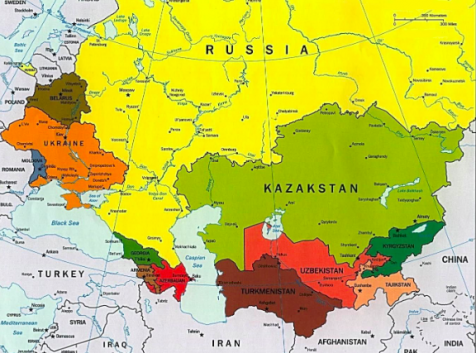Production and use of highly hazardous pesticides in Armenia, Kazakhstan, Russia, Ukraine and Uzbekistan- trends and perspectives for transition to safe alternatives
May, 2020. First-of-their-kind comprehensive studies on the production and use of highly hazardous pesticides (HHPs) in Armenia, Kazakhstan, Russia, Ukraine and Uzbekistan have been carried out and show an increasing trend in the use of highly hazardous chemical plant protection products in these countries.
The data obtained from these studies led to recommendations to reduce and eventually eliminate HHPs in the Eastern Europe, Caucasus and Central Asia region. Information on safe substitution of HHPs, including the use of the ecosystem-based approach and traditional knowledge in agriculture, will support pesticide-free initiatives in the countries. For example, Parties to the Stockholm Convention on persistent organic pollutants banned the HHP endosulfan, replacing it with safe alternatives and an ecosystem-based approach to agricultural pest management.
These reports were carried out as a part of IPEN's Toxics-Free Sustainable Development Goals (SDGs) Campaign and relate to SDGs # 2,3,6, 8, 14 and 15. Special thanks to IPEN's Eastern Europe, Caucasus, and Central Asia (EECCA) Regional Coordinator Dr. Olga Speranskaya and Regional Hub Eco-Accord for their important contributions to the development and finalization of these reports.
Read the reports (in Russian with English Executive Summaries):
Armenia (report by Armenian Women for Health and Healthy Environment)
Kazakhstan (report by Center "Cooperation for Sustainable Development")
Russia (report by Eco-Accord)
Ukraine (report by Chemical Safety Agency)
Uzbekistan (report by For Environmentally Clean Fergana)
Overall report: Production and use of HHPs in Armenia, Kazakhstan, Russia, Ukraine and Uzbekistan- trends and perspectives for transition to safe alternatives


